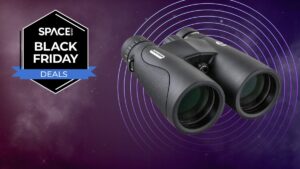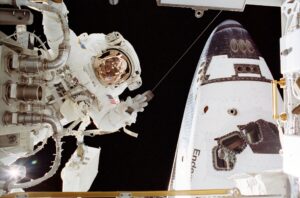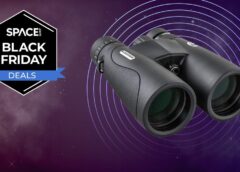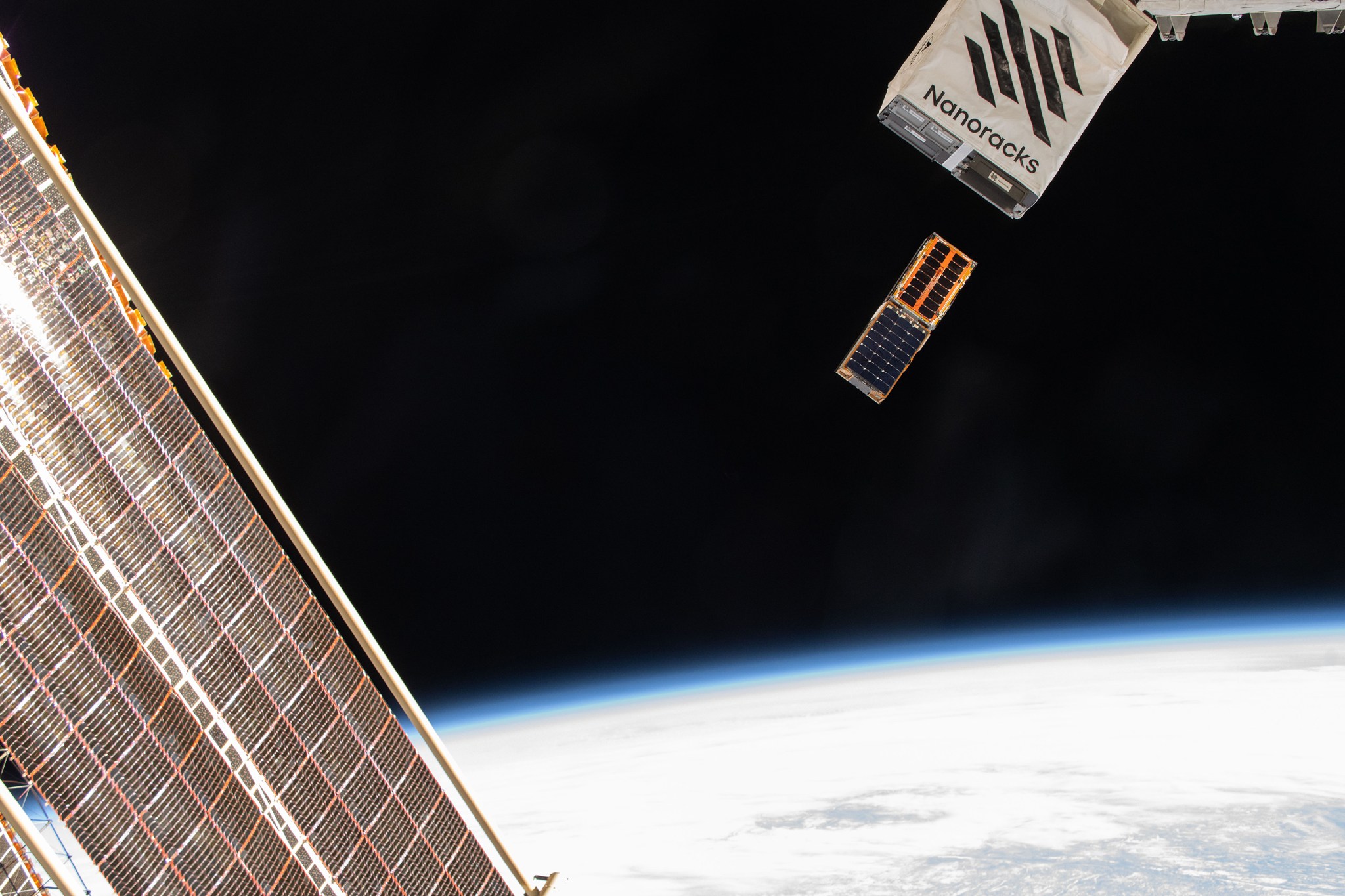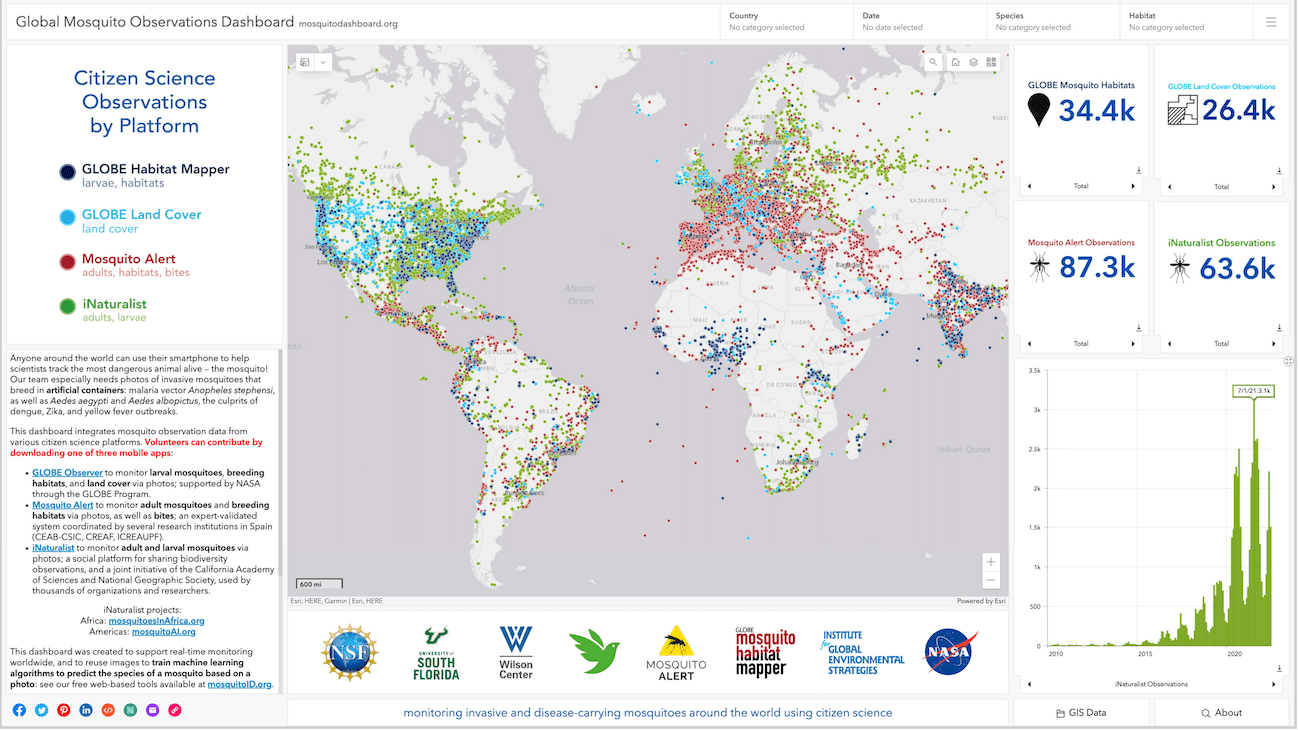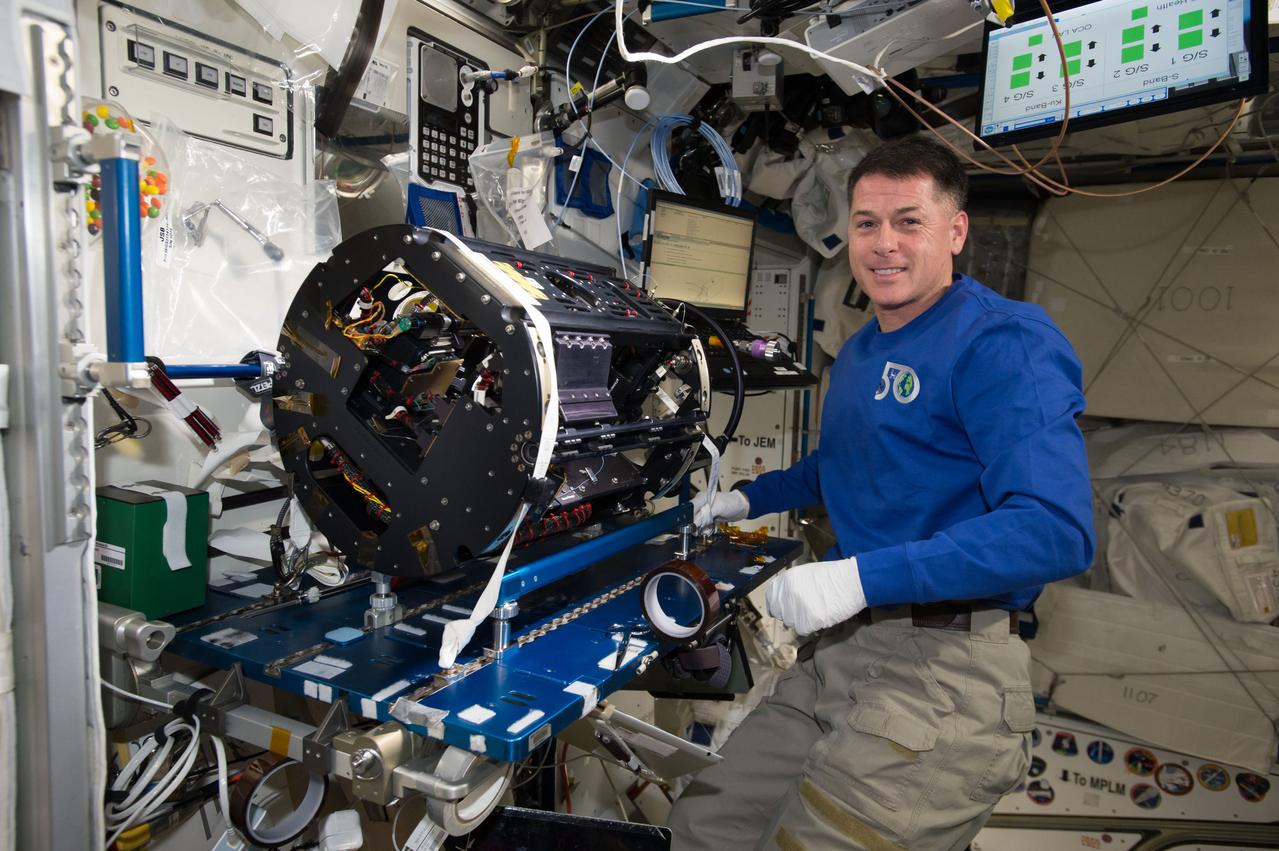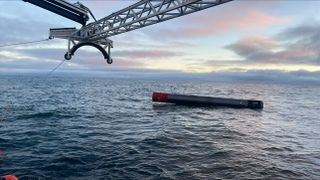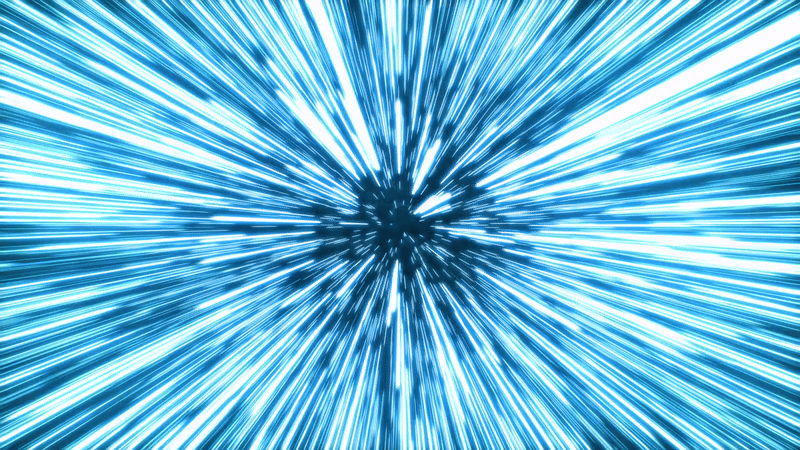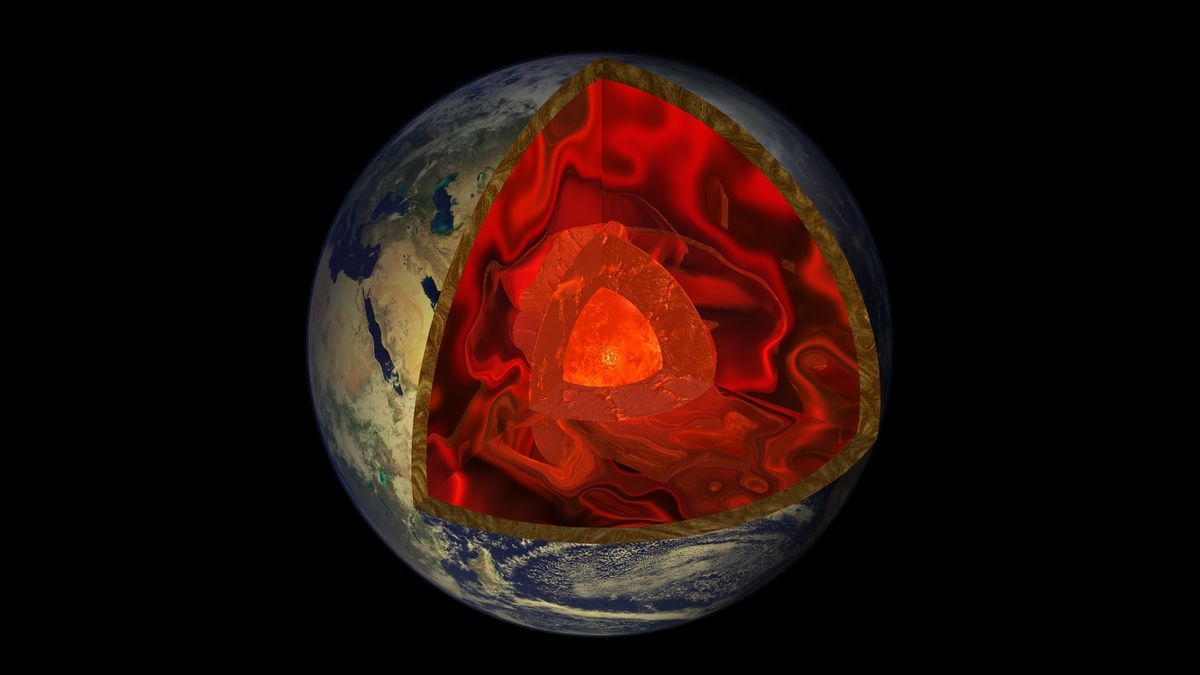3 min read NASA’s Mini BurstCube Mission Detects Mega Blast The shoebox-sized BurstCube satellite has observed its first gamma-ray burst, the most powerful kind of explosion in the universe, according to a recent analysis of observations collected over the last several months. “We’re excited to collect science data,” said Sean Semper, BurstCube’s lead engineer at NASA’s Goddard Space Flight Center in Greenbelt, Maryland. “It’s an important milestone for the team and for the many early career engineers and scientists that have been part of the mission.” The event, called GRB 240629A, occurred…
Read MoreNASA Earth Science Education Collaborative Member Co-Authors Award-Winning Paper in Insects
Learn Home NASA Earth Science Education… Earth Science Overview Learning Resources Science Activation Teams SME Map Opportunities More Science Stories Science Activation Highlights Citizen Science 2 min read NASA Earth Science Education Collaborative Member Co-Authors Award-Winning Paper in Insects On August 13, 2024, the publishers of the journal Insects notified authors of three papers selected to receive “Insects 2022 Best Paper Award” for research and review articles published in Insects from January 1 to December 31, 2022. One of the winning papers was co-authored by Russanne Low, PhD, Institute…
Read MoreStation Science Top News: August 29, 2024
Researchers used an interferometer that can precisely measure gravity, magnetic fields, and other forces to study the influence of International Space Station vibrations. Results revealed that matter-wave interference of rubidium gases is robust and repeatable over a period spanning months. Atom interferometry experiments could help create high-precision measurement capabilities for gravitational, Earth, and planetary sciences. Using ultracold rubidium atoms, Cold Atom Lab researchers examined a three-pulse Mach–Zehnder interferometer, a device that determines phase shift variations between two parallel beams, to understand the influence of space station vibrations. Researchers note that atom sensitivities and visibility degrade…
Read MoreSatellites are making the night sky brighter — as a launch site, New Zealand has a duty to combat light pollution
This article was originally published in The Conversation. The publication contributed the article to Space.com’s Expert Voices: Op-Ed & Insights. New Zealand’s space sector has been developing rapidly since the first rocket lifted off in 2017. It now contributes about NZ$1.7 billion in revenue, with plans to grow to $10 billion by 2030. Last year, New Zealand hosted seven rocket launches, all by the US-listed but local company Rocket Lab. It was in response to Rocket Lab’s initial proposal for a launch site that New Zealand developed a regulatory system from scratch in less than two years…
Read MoreStick to the shade in new extended ‘Dune: Awakening’ gameplay trailer (video)
Dune: Awakening â Gamescom Gameplay Presentation – YouTube Watch On “Your journey begins here, in the desert. Find the Fremen. Wake the Sleeper” It might have felt like we were all living on Arrakis this past July with the relentless scorching heat. Rest assured that cooler temperatures are rapidly arriving, but not for that storied sci-fi destination commonly known as Dune. Folding space back to that desolate planet where the spice Melange is harvested and water is held sacred, a new 27-minute gameplay trailer for Funcom’s upcoming “Dune: Awakening” was…
Read More‘Unbreakable’ quantum communication closer to reality thanks to new, exceptionally bright photons
Scientists have created an “exceptionally bright” light source that can generate quantum-entangled photons (particles of light) which could be used to securely transmit data in a future high-speed quantum communications network. A future quantum internet could transmit information using pairs of entangled photons — meaning the particles share information over time and space regardless of distance. Based on the weird laws of quantum mechanics, information encoded into these entangled photons can be transferred at high speeds while their “quantum coherence” — a state in which the particles are entangled —…
Read MoreBest Alien comic books of all time
Alien: Romulus is the shot in the arm the Alien movie franchise desperately needed, and FX’s Alien: Earth, its first-ever TV show, could keep the momentum going next year. If you’re dying to learn more about the Xenomorphs and experience wildly different tales of horror, we’ve put together our list of the best Alien comic books of all time. For decades, it was Dark Horse Comics who had the rights to both Alien and Predator in the realm of comic books, putting out several series and one-shots that were well…
Read MoreWeird mystery waves that baffle scientists may be ‘everywhere’ inside Earth’s mantle
Mysterious zones in the deep mantle where earthquake waves slow to a crawl may actually be everywhere, new research finds. Scientists already knew that ultra-low velocity zones (ULVZs), hover near hotspots — regions of the mantle where hot rock moves upward, forming volcanic island chains such as Hawaii. But mysterious earthquake waves suggest that these features might be widespread. ULVZs, which are located in the lower mantle near the core-mantle boundary, can slow seismic waves by up to 50%. That’s remarkable, said Michael Thorne, a geologist and geophysicist at the University of Utah.…
Read MoreAstrophotographer captures Comet 13P/Olbers and the Black Eye Galaxy M64 in stunning detail (photo)
In a race against the clock, before the entire scene set below the horizon, astrophotographer Greg Meyer managed to capture this incredible image of Comet 13P/Olbers zipping through space alongside The Black Eye Galaxy (M64). “I had only 1 night to grab this shot, and only about 1 hour to do it. It was sinking fast below the horizon after sunset,” Meyer told Space.com in an email. On Aug. 25, Meyer was running his telescope remotely, having placed it at the Starfront Observatory located near Brady, Texas, just six weeks…
Read MoreSpaceX launches back-to-back Falcon 9 rockets within 65 minutes and aces 2 landings days after a failed booster touchdown
SpaceX launched two Falcon 9 rockets in just over an hour early Saturday (Aug. 31) and nailed back-to-back booster landings three days after a recent failure. The two Falcon 9 launches — which lifted off from Florida’s Cape Canaveral Space Force Station and California’s Vandenberg Space Force Base, respectively — delivered a total of 42 Starlink internet satellites into orbit, with each rocket’s first stage acing an offshore landing. The successful SpaceX landings followed a failed Falcon 9 rocket landing on Aug. 28 during a booster’s 23rd flight, a record…
Read More